




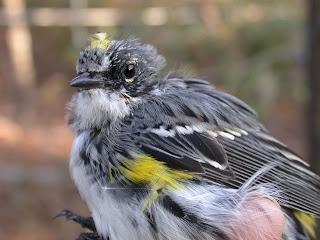

On Saturday 0500 last there was snow and rain in the air and on the ground. And there were 40 knots of wind at Cape Henry-just a typical April day in my home territory, upstate New York. No banding Saturday. Sunday, Monday and today were mostly sunny, but air temperatures struggled to break out of the upper forties. Indeed, there was a small pile of snow at the station on Sunday. Today at net opening, many of the furled nets were frosted together and difficult to open fully until thawed by the sun. The daily total of birds caught each day failed to break ten, only six today!
So what does one do during the seven hours that the nets are open on a slow day? Well, one can evaluate which nets are not catching birds and ponder whether there might be better places to place those nets. That done, new net lanes can be cut, nets taken down and reset in the new lanes. I did that on Sunday. Three nets were taken down; two new net lanes were cut about 75 yards away. The nets were reset on Monday morning and today, four of the six birds captured came from those very nets, including the season’s first female Eastern Towhee, pictured. (The third net will be reset when a pair of net poles is located.)
One can also try to take a good digipicture of a bird which does not particularly like to have its picture taken-like the Belted Kingfisher. Kingfishers are a common fish-eating bird across North America. They are also noisy and like to perch on conspicuous perches above water from which they can spot fish to plunge-catch and eat. Kingfishers do not seem to be binocular-shy, but take out a tripod and spotting scope to get a better look or take a digipix-good bye Kingfisher with a harsh rattle call of a rebuke as it flies off to a “safe” perch. Well, I got a few acceptable images-including one which caught this male bobbing its tail as they do while calling!
And one can listen, quietly from different places on the station. Such efforts yielded three new birds for the station this spring. A Long-billed Marsh Wren was heard in the inland marsh near White Hill Lake on Monday and today. A White-breasted Nuthatch was seen and heard Monday on dead trees near Osprey 788-20124’s nest. And a Common Loon in breeding (alternate, see below) plummage was seenand heard on Long Creek. (All is well at the Osprey nest.)
Finally, one can fuss over a common bird undergoing prealternate molt. Prealternate molt, which corresponds to prebreeding or prenuptual molt in earlier terminology, is a second annual molt which occurs in the early spring in about half of North America’s passerines. It is primarily a molt of body feathers (recall the American Goldfinch). Prebasic molt, which occurs in all passerines yearly following the breeding season, includes body and flight feathers. Compare the two Yellow-rumped (‘Myrtle”) Warbler pictures along with the wing detail. The first picture is of a male taken on March 14th; the second is of another male taken on April 9th. The wing detail shows the fresh and molting greater coverts of the April 9 individual. That is prealternate molt!
On each of the last three banding days I have either seen, heard or caught Blue-gray Gnatcatchers, Northern Parulas and Eastern Phoebes. The insectivores which were captured showed body fat and otherwise were in good condition. Those seen were foraging on insects in the noon sun in shrubs along the sheltered edges of wetlands. First Landings early insect-dependent migrants are very much alive. (Nor is a singing bird about to die.) A south wind will bring new migrants north tonight and help push others across the Chesapeake.
Peter
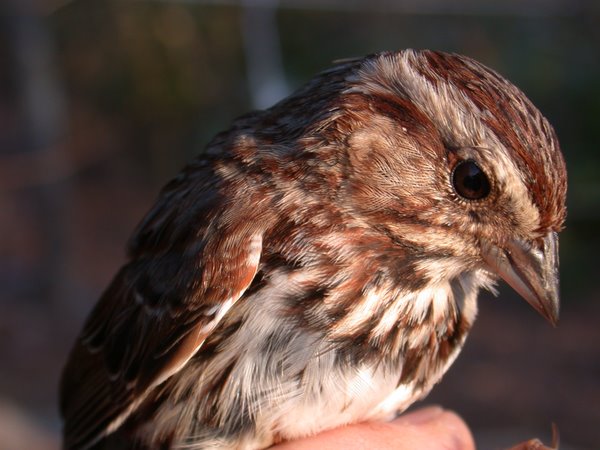
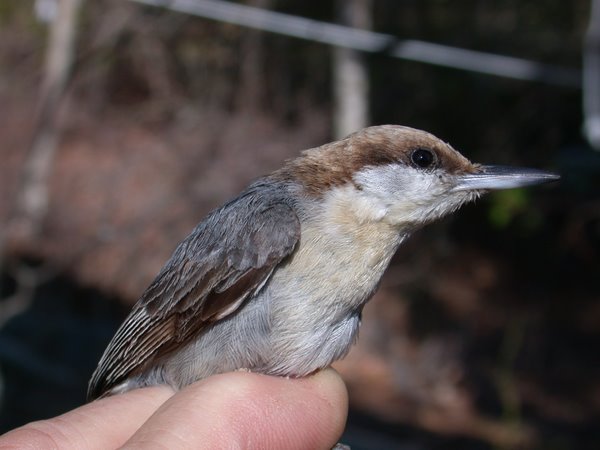
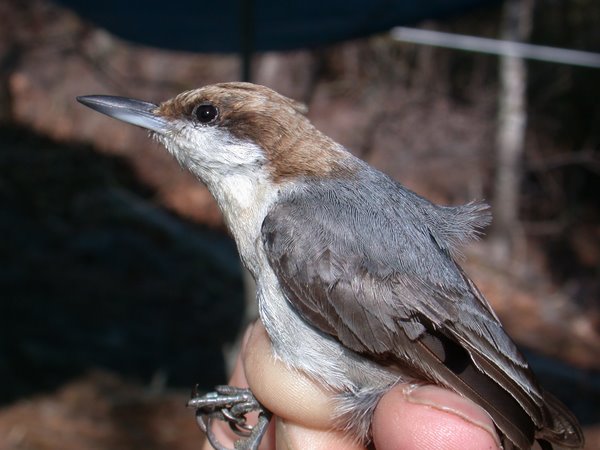
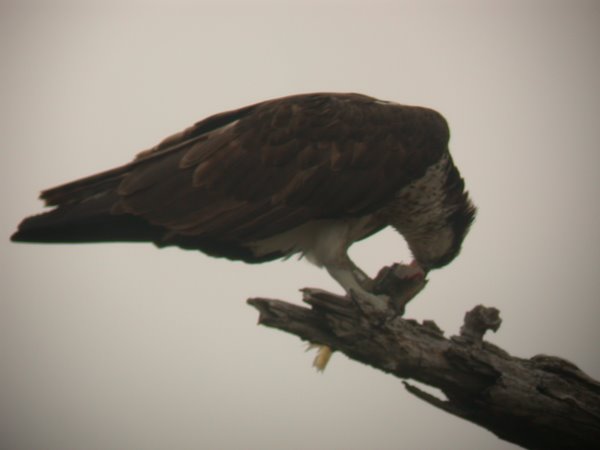


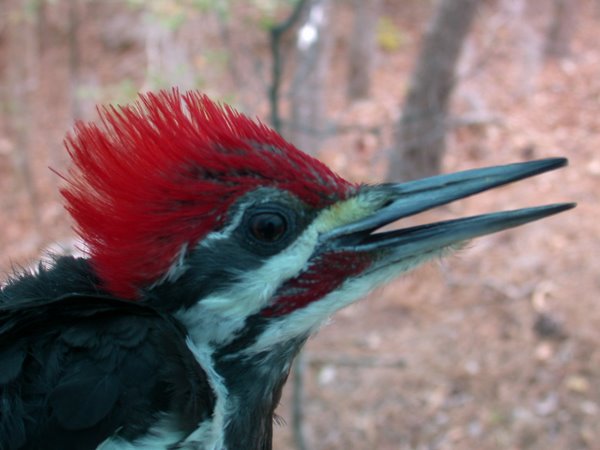
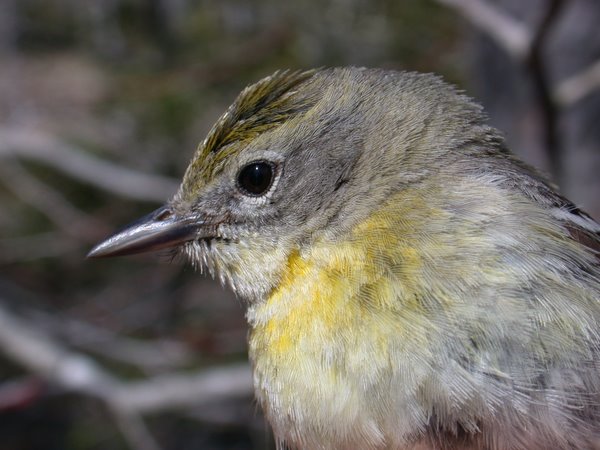
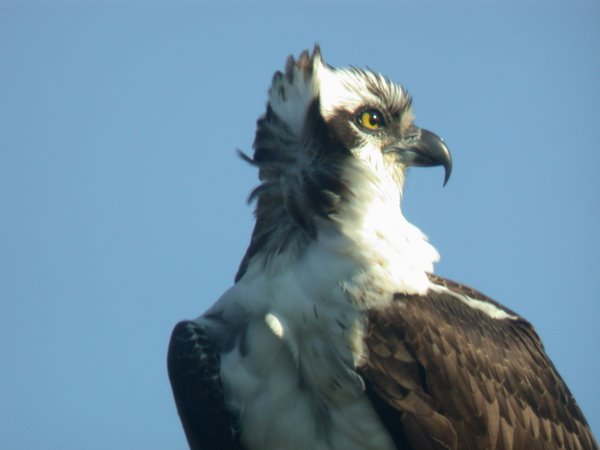
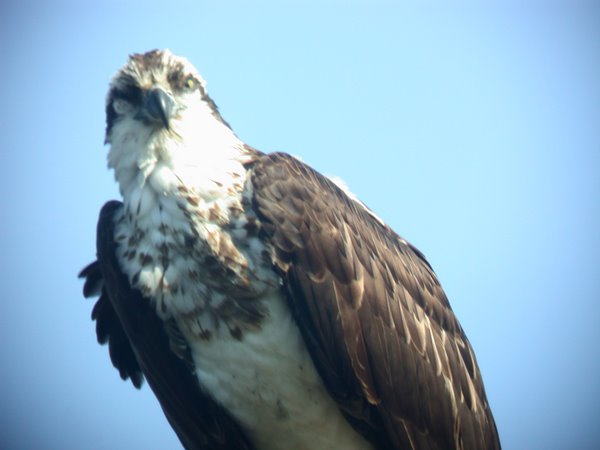
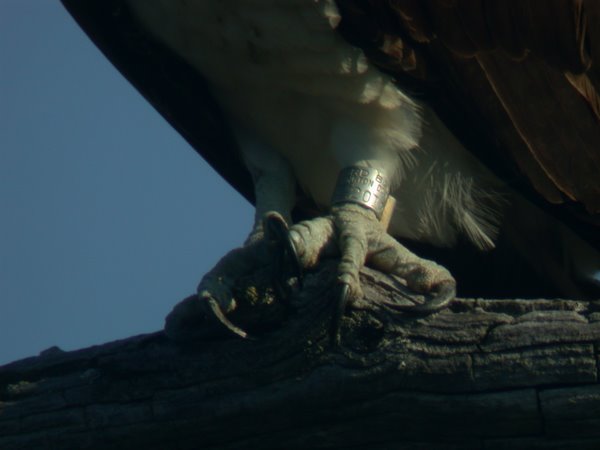
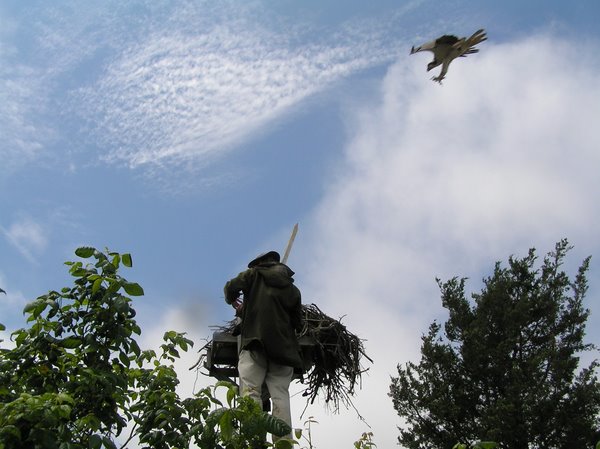

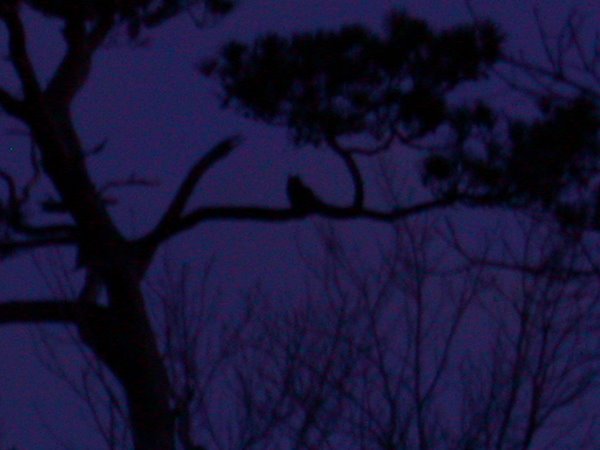



No comments:
Post a Comment